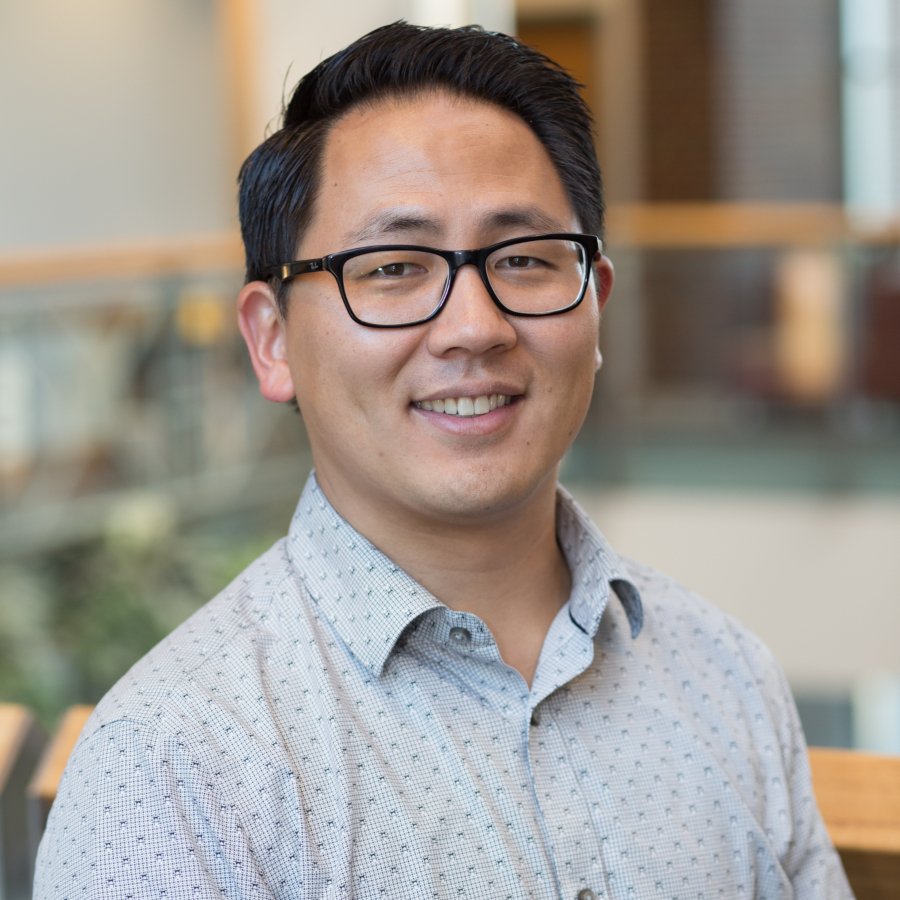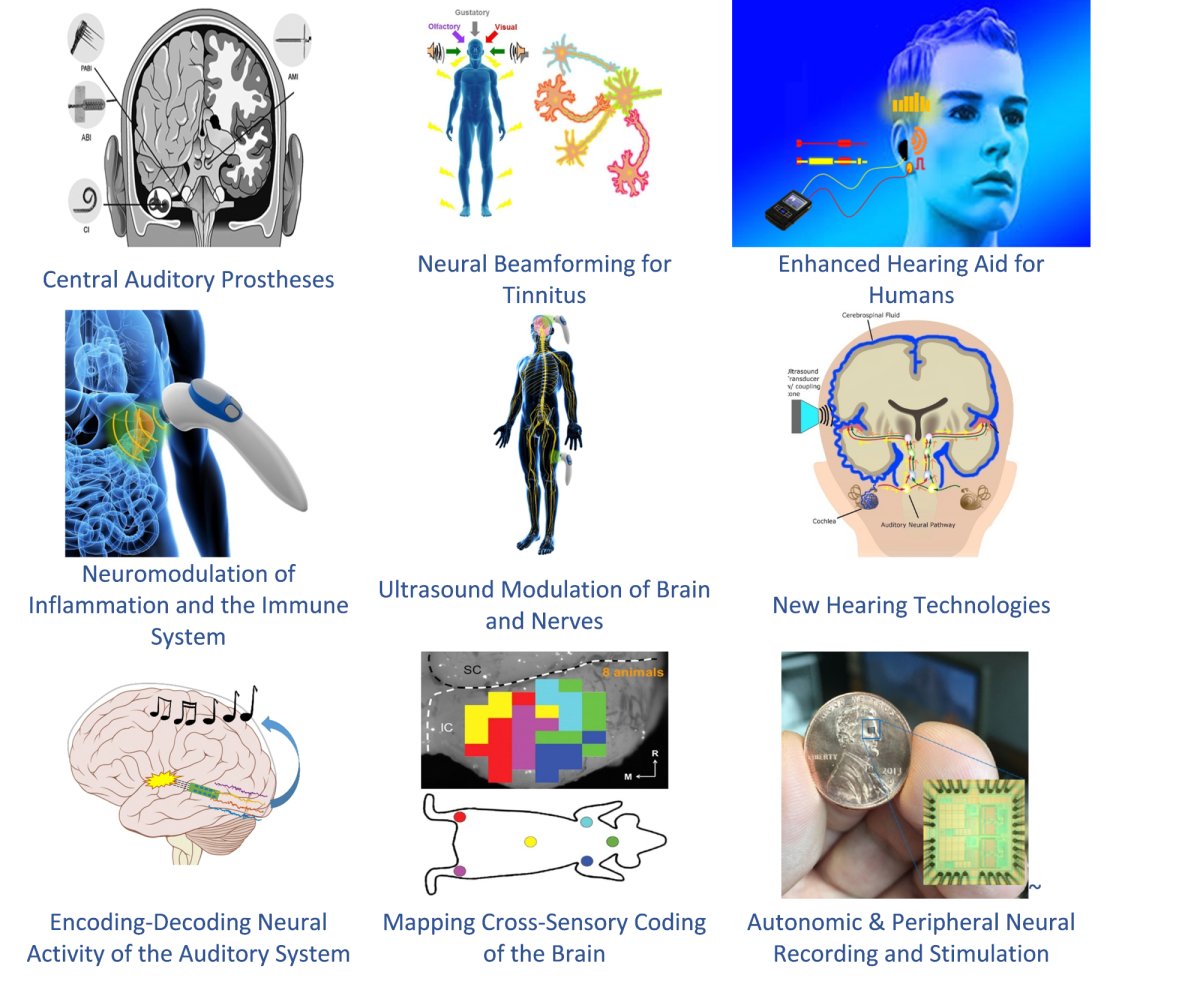Faculty spotlight: Associate Professor Hubert Lim

September 22, 2020—Interest and investments in brain-machine-interface technologies for treating health disorders have surged recently, with companies such as Facebook, Google, and Elon Musk’s Neuralink entering the space. Efforts could bring in a new era of human health and function, with miniaturized, wearable, internet-enabled devices capable of processing big data.
At the University of Minnesota’s Department of Biomedical Engineering, Associate Professor Hubert Lim’s lab is pushing toward that future by advancing wearable technologies designed to treat various health disorders.
To do this, the Lim Lab uses a range of invasive and noninvasive technologies and approaches, including electrical stimulation and imaging, ultrasound imaging and stimulation, computational modeling, genetic characterization, cytokine and molecular processing of blood biomarkers for disease and health, and advanced tissue processing methods and analyses. They collaborate closely with clinicians and industry to move technologies from concept to clinical application as quickly and safely as possible.
Better hearing solutions
Treating deafness and providing hearing solutions that overcome performance limitations associated with cochlear implants and hearing aids is a major goal of Prof. Lim’s lab.
Through support from the National Institutes of Health and in collaboration with auditory implant companies, the Lim Lab is developing and evaluating implantable neural prostheses for deaf patients. These directly target the auditory nerve or the auditory midbrain with penetrating electrode arrays to achieve a greater transmission of frequency channels of information required for more natural hearing compared to cochlear implants.
More recently, the Lim Lab discovered that applying ultrasound stimulation to the head to vibrate the brain tissue and fluids can noninvasively vibrate the cochlea and activate the ascending auditory pathway. The ultra-hearing device non-invasively transmits low-level ultrasound signals to the cochlea, allowing the transmission of sound information without having to travel through the outer ear canal and middle ear ossicular chain.
This provides an additional hearing pathway to the brain that doesn’t compete with noisy sounds coming through the ear. It also bypasses damaged ear structures that commonly limit performance with traditional hearing aids. The new hearing approach opens up opportunities for more comfortable and versatile hearing aid and consumer audio technologies.
Wearable neuromodulation technologies
The Lim Lab is also developing wearable neuromodulation technologies to treat neurological or neuro-immune disorders. Through animal research, the Lim Lab discovered they could drive changes in the auditory brain by combining various sound stimuli with electrical stimulation of the body.
Treating tinnitus
The research led to collaborations and commercialization activities for a new treatment for tinnitus, a phantom perception/pain condition affecting 10 to 15 percent of the population. For example, Prof. Lim serves as the Chief Scientific Officer for Neuromod Devices Limited, which commercializes bimodal neuromodulation of sound with tongue for tinnitus treatment.
Calming inflammation
In a separate project funded by DARPA and in collaboration with Medtronic and GE Global Research, the Lim Lab has also shown that applying targeted ultrasound of the spleen can modulate the inflammatory reflex (i.e., vagus nerve to spleen anti-inflammatory pathway) and calm hyperinflammation in the body. Encouraging animal results have led to a clinical trial supported by DARPA to use noninvasive ultrasound stimulation of the spleen to treat patients with rheumatoid arthritis and, more recently, severe symptoms of COVID-19 associated with the “cytokine storm”.
These efforts have led to a Minnesota-based start-up company, SecondWave Systems, which is developing wearable and smart phased-array ultrasound technologies for treating various health disorders. Prof. Lim is currently serving as the company’s Chief Scientific Officer.
Ultimately, Prof. Lim envisions a future in which these different types of acoustic, electrical, and ultrasound approaches combined with molecular and tissue analyses help usher in a new generation of wearable technologies for treating health disorders.
